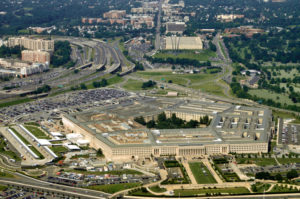
The Pentagon's pause in its acceptance of new Lockheed Martin [LMT] F-35 fighters for the U.S. Air Force, Navy and Marine Corps points to a larger problem--the apparent lack of knowledge by DoD and its contractors of the identities of lower level suppliers. Lockheed Martin has applied for a national security waiver to resume U.S. F-35 shipments after DoD halted deliveries upon the Defense Contract Management Agency (DCMA) telling the F-35 Joint Program Office (JPO) on Aug. 19 of a…














